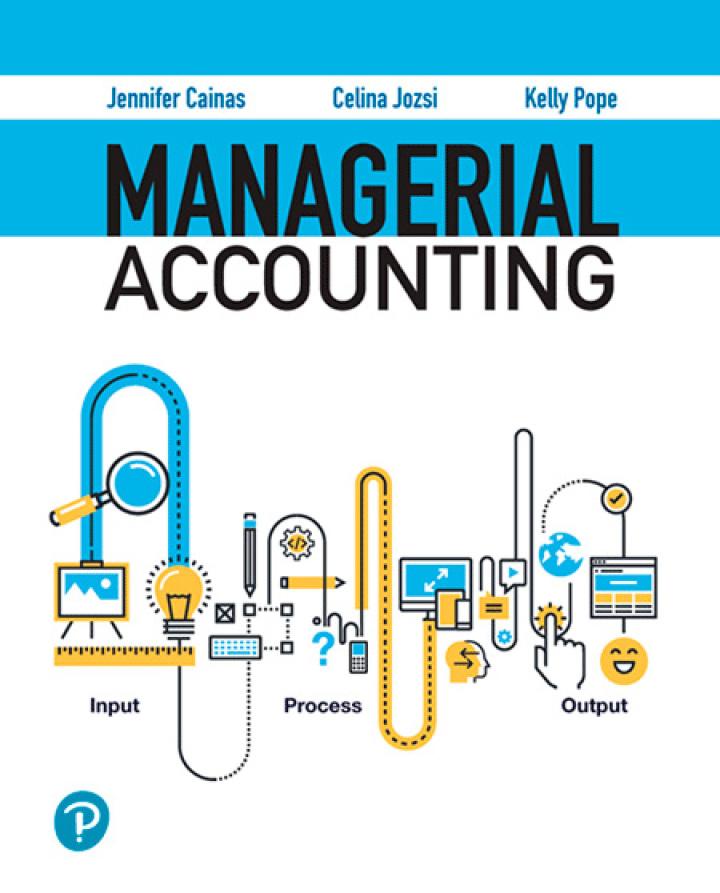Question
Up until now, company A has been using the payback period in its capital budgeting decisions. A recent article in the a finance article on
Up until now, company A has been using the payback period in its capital budgeting decisions. A recent article in the a finance article on the use of discounted cash flow methods versus the payback method in capital budgeting decisions caught the attention of an Lerato, the president of Company A. The article indicated that use of the payback period frequently resulted in the decision not to make investments that may otherwise be profitable under a discounted cash flow technique. Lerato decided that his firm should begin to use one of the more sophisticated techniques. Company A manufactures fluid control devices that have a wide variety of applications. Most of its standard items sell in the range of $30,000 - $60,000. Since the control device is a specialized precision instrument, many of Company A salesmen are engineers or have at least some engineering background. Marketing of the control devices has emphasized only the engineering aspects of the products. Recently, however, the company has been giving increasing thought to stressing the economic aspects of the product line in its advertising campaigns. Management is considering giving the sales force a short course on the economics of replacement decisions to help them convince potential customers of the advantages of replacing old control systems with the new types Company A has to offer. Lerato learnt that Mpho, a post graduate, who has recently joined Company A as a Systems Analyst, has taken the Profit Determination and Financial Analysis course on his management program and was well versed in capital budgeting techniques. He thus asked Mpho to help the marketing department develop the promotional literature and to train the salesmen in the use of discounted cash flow capital budgeting techniques. Mpho agreed to the assignment, and he and the sale manager, Tumi, decided to start by analyzing one of the standard control devices a unit that sells for $50,000 delivered. The following facts, which Tumi indicated were fairly typical, were to be used in the illustrative material: 1. The equipment has a delivered cost of $50,000. An additional $3,750 is required to install the new machine. This amount is added to the cost of the machine for purposes of computing depreciation. 2. The new control device has a 20-year estimated service life. At the end of 20 years, the estimated salvage value is $1,250. 3. The existing control device has been in use for approximately 30 years, and it has been fully depreciated (that is, its book value is zero). However, its value for scrap purposes is estimated to be $1,250. 4. The new equipment is to be depreciated on a straight-line basis. The applicable tax rate for the illustrative firm is 40 percent. 5. The new control device requires lower maintenance costs and frees personnel who would otherwise have to monitor the system. In addition, it reduces product wastage. In total, it is estimated that the yearly savings will amount to $11,250 if the new control device is used. 6. The illustrative firms cost of capital is 10 percent. Questions a. Develop a capital budgeting schedule that evaluates the relative merits of replacing the old machine with the new one. Use the net present value method. b. Calculate the payback period (using after-tax cash flows) for the investment in a new control device. c. Explain why the payback period puts long-term investments such as hydraulic control devices at a relative disadvantage vis-a-vis short-term investment projects. d. Suppose one of the salesmen was making a presentation to a potential customer who used the internal rate of return method in evaluating capital projects. What is the internal rate of return of this project? e. What would be the effect on net present value if accelerated depreciation, rather than straight line depreciation was used? Give the direction of change, not precise figures. f. What would be the effect of an investment tax credit on the analysis? An investment tax credit is a credit against income taxes equal to a specified percentage of the cost of an investment. g. Suppose one of Company A potential customers had a 50% marginal tax rate. Determine (a) what items would be changed and (b) whether the IRR and NPV would be raised or lowered by the shift in tax rates. -END-
Step by Step Solution
There are 3 Steps involved in it
Step: 1

Get Instant Access to Expert-Tailored Solutions
See step-by-step solutions with expert insights and AI powered tools for academic success
Step: 2

Step: 3

Ace Your Homework with AI
Get the answers you need in no time with our AI-driven, step-by-step assistance
Get Started


